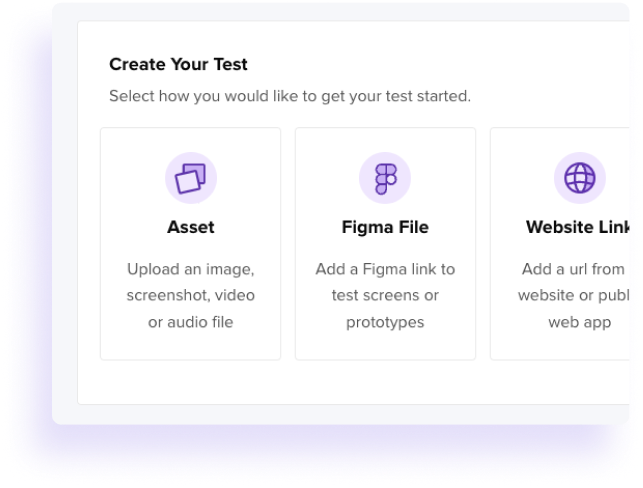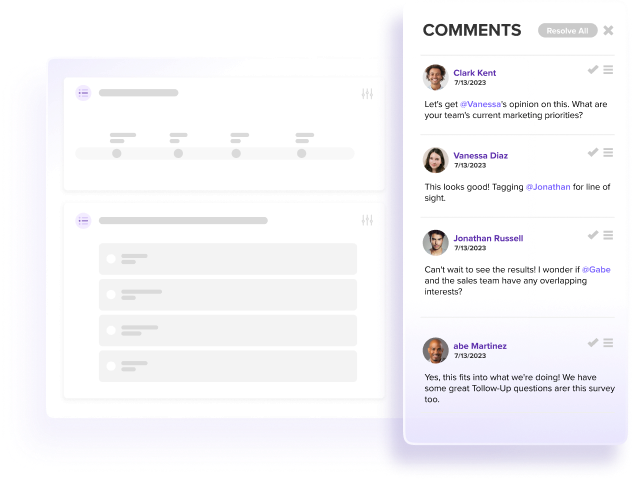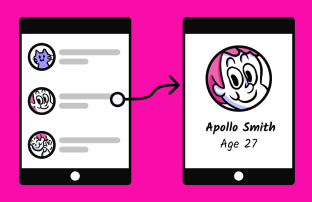
Journey Mapping
Chart different customer journeys and ways ideal customers interact with your brand and product.
Learn MoreClarify your product roadmap with ease. Access a target audience to evaluate what you’ve built and get results in minutes.


Chart different customer journeys and ways ideal customers interact with your brand and product.
Learn More
Uncover how competitors could wedge into your market, and how you can wedge into theirs.
Learn More
Use foundational research to uncover the trigger moments that lead users to take action.
Learn More
Talk to users of your competitors and learn what they liked—and didn’t like—about their experience.
Learn More
helping the world’s biggest brands





Don’t start from scratch. Use our pre-built product discovery templates on your next test.

Explore the pain points and other challenges that your customers face. Integrate the opportunities for improvement that you find into your product roadmap.

Learn what the early market reaction is to your product ideas. Measure user reception to early ideas for your new product.

Evaluate overall usability of your prototype. Ask an audience for concrete recommendations on how to improve.
Subscribe to Closing the Gap. A newsletter to help makers and doers get closer to customers. Learn more.